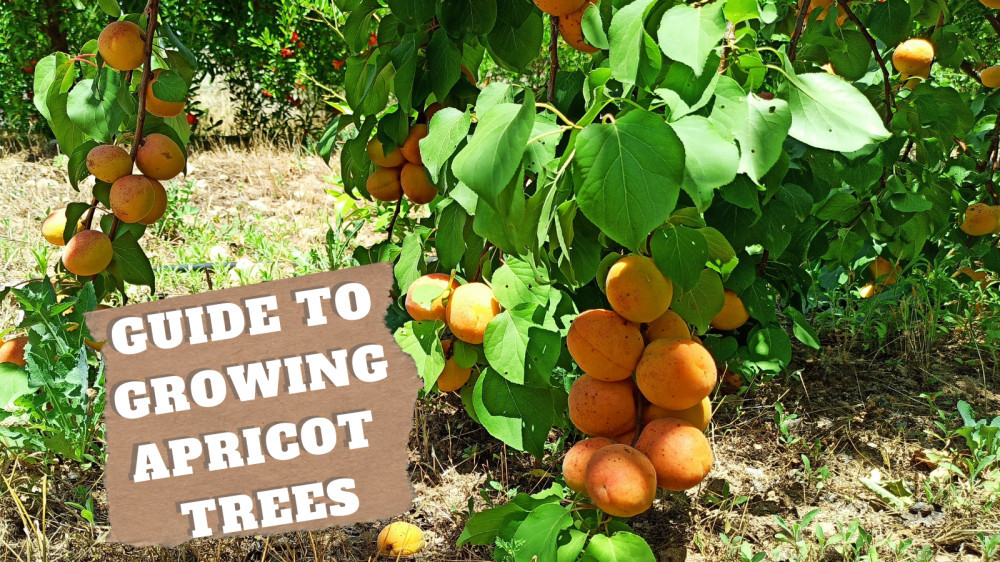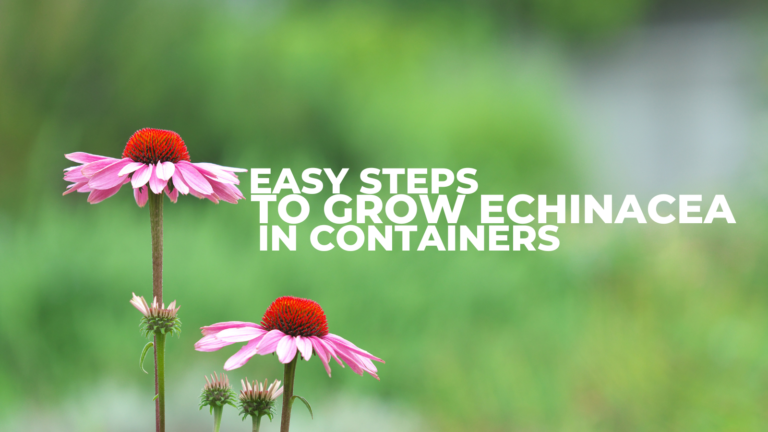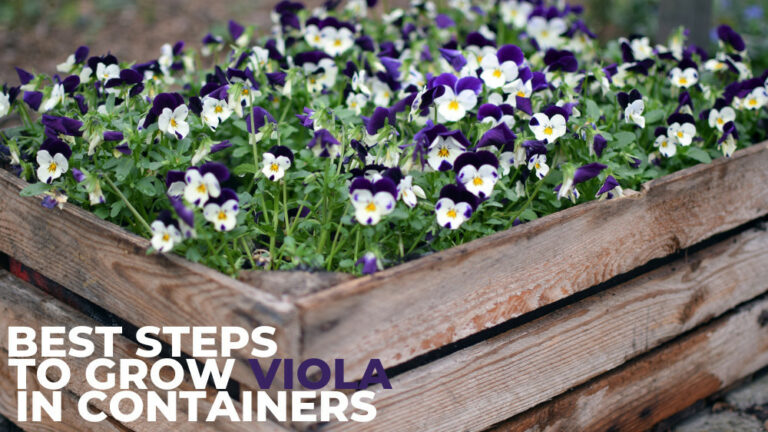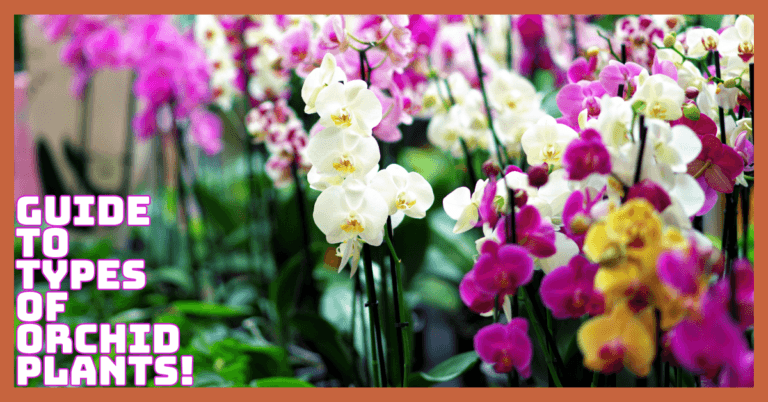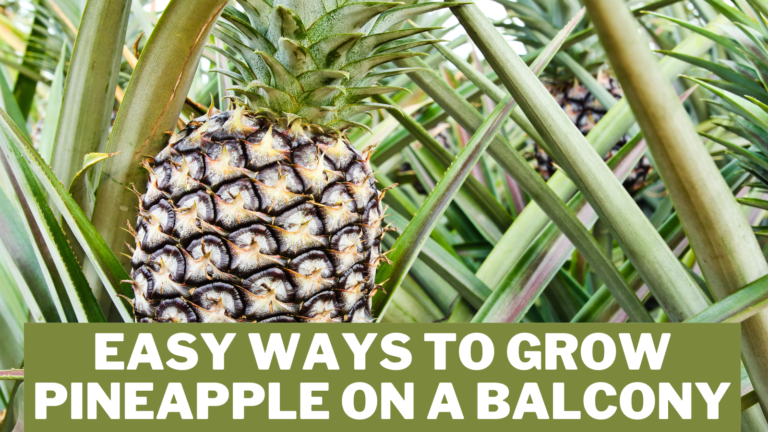Simple Guide To Growing Apricot Trees In Pots
Simple Guide To Growing Apricot Trees In Pots
Apricots are one of those lovely trees that are self-fruitful, producing fruit without pollination.
Remember some key apricot tree facts as you choose a cultivar: these early bloomers can be harmed by frost in some areas, so choose a sturdy type and plant where the tree will be protected from sudden cold snaps. In addition, apricots require at least 700 to 1,000 hours of chilling time to set fruit.
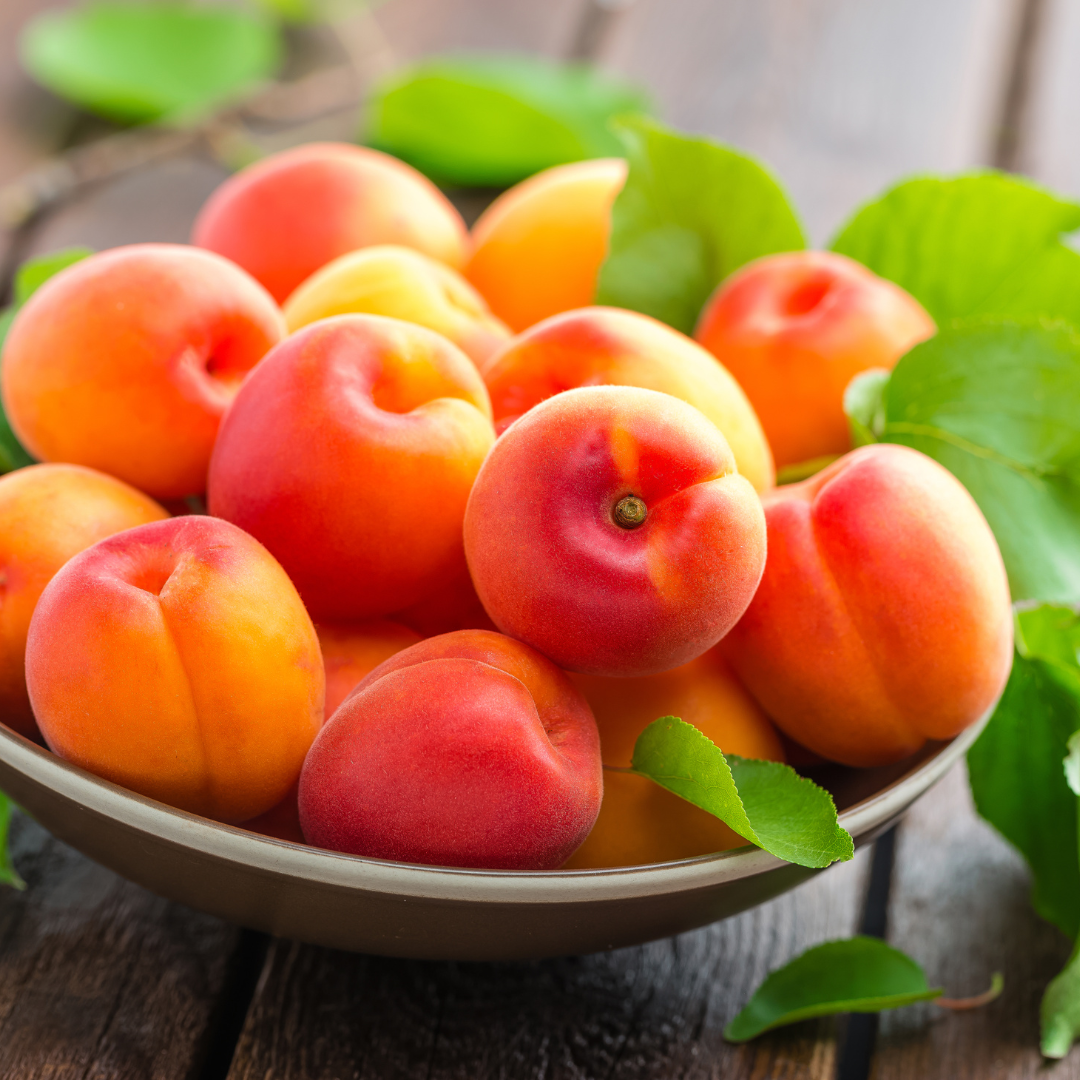
History Of Apricots
Apricots are a fruit that has been grown and cultivated in China for thousands of years. Silk Road routes were utilized to transport the fruit to Persia, Syria, Greece, Spain, and beyond. In the 18th century, Spanish immigrants brought fruits to California.
The fruits were supposed to have originated from the ancient Greeks in Armenia, and many followed them.
Gardeners and scientists believed this for a few thousand years, prompting botanists to give apricots the name P. armeniaca.
The Spanish phrase for this golden fruit, “albaricoque,” has always appealed to me. It's so much fun to say! Its origins can be traced to the Arabic term “al-barqq,” which means “plum.”
While the leading exporters of these fruits shift from year to year, Turkey, Iran, Uzbekistan, Italy, Algeria, Spain, Pakistan, and France are perennial challengers.
Nutrition Fact Of Apricots
Just 2 fresh apricots (70 grams) provide the following:
- Calories: 34
- Carbs: 8 grams
- Protein: 1 gram
- Fat: 0.27 grams
- Fiber: 1.5 grams
- Vitamin A: 8% of the Daily Value (DV)
- Vitamin C: 8% of the DV
- Vitamin E: 4% of the DV
- Potassium: 4% of the DV
Note: Trusted Source From FoodData Central
Types Of Apricot
There is an incredible variety of apricot varieties based on where you live, what is available, and other considerations.
Here are some of my personal favourite species:
1. Wenatchee Apricot
Do you enjoy huge fruits that make excellent preserving and drying candidates? Do you live in a stormy area? Then the ‘Wenatchee' variety is for you. This semi-dwarf tree grows 12 to 18 feet tall with a spread of 15 to 20 feet and enjoys the rain.
‘Wenatchee,' sometimes known as ‘Wenatchee Moorpark,' is hardy in Zones 5 through 9. It requires 700 chill hours below 45°F. The yellow skin and flesh of the fruits are significant and tangy-sweet.
While it's self-pollinating, a partner like ‘Puget Gold,' which you can learn more about in our guide to the best cold-resistant apricots,' may produce twice as much fruit.
2. Dwarf Blenheim Apricot
Look no further than this semi-dwarf ‘Blenheim' variety for rich, sweet, slightly tangy fruit that is ideal for eating right off the branch.
For hundreds of years, ‘Blenheim' has pleased taste buds worldwide, and now you can grow this semi-dwarf type in a container or your yard.
This tree can reach a height of 10 to 15 feet and a spread of eight to 12 feet, but you can cut it back to eight to ten feet if you want.
Dwarf ‘Blenheim' is hardy in Zones 4 through 9 and requires 400 chill hours to blossom. It blooms a little later than regular apricots, allowing the buds to avoid late frosts.
It produces fruit even if there isn't a second tree of a different kind nearby.
3. Golden Sweet Apricot
This one is for all of you who have a sweet craving. ‘Golden Sweet' is one of the sweetest, firmest, and luscious apricots you can grow.
In the summer, eat it fresh off the tree, or dry it to enjoy in the winter to remind you of summer's bounty.
‘Golden Sweet' is a semi-dwarf cultivar that grows 12 to 18 feet tall with a comparable spread in Zones 5 through 8. It takes 400 to 500 hours to chill.
The skin is golden, with a hint of blush on the sun-facing sides.
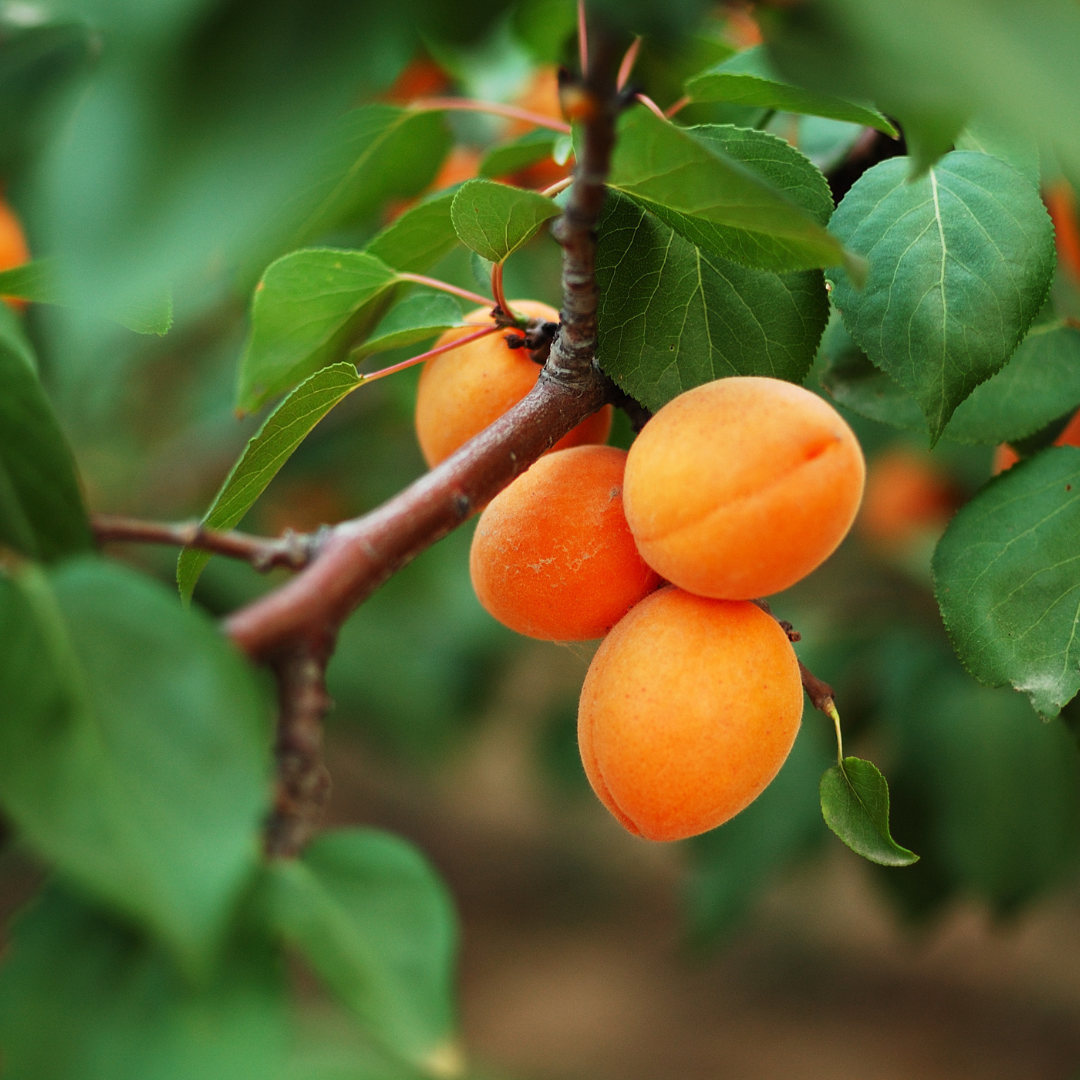
Steps Of Growing Apricot Trees
Time To Plant
Apricots flower early; therefore, the blossoms are susceptible to frost, although they are entirely hardy.
They do best when planted against warm, sheltered south, south-west, or west-facing walls, which also aids in fruit ripening.
If you choose an appropriate ‘cultivar,' apricots can be grown as free-standing (pyramid) trees or bush trees with a clear stem of 75cm (212ft) in milder climates and warm, extremely sheltered, sunny areas.
They grow best undercover in an unheated greenhouse, either trained as a fan in a greenhouse border or a big container in colder climates.
Apricots grow best in deep, fertile, moist yet well-drained, and somewhat alkaline. They will struggle in poor, shallow soil.
Mix organic matter such as garden compost or well-rotted manure into the planting area to promote moisture retention in light, sandy soil.
If you want to grow an apricot as a fan, remember that it will need 3.5–5m (11–16ft) of wall space and 2–2.5m (612–8ft) in height.
Compact types can be grown in big containers in a hot, sunny location, but they do best in an unheated greenhouse overwintering.
Soil Requirements
Preparing your soil before planting will increase your plant's performance and promote healthy, vigorous growth.
It's a good idea to analyze your soil to see if any critical minerals or nutrients are missing. This can be done with one of our digital meters or through your county extension office.
Soil preparation replaces essential minerals and nutrients while loosening and breaking up compacted soil, breaking up and loosening compacted soils, and adding nutrients via fertilizers or organic matter.
When the ground is not excessively wet or frozen, soil preparation can be done at any time. Even if the weather is cold, your trees can be planted.
If a hard frost is forecasted, it is best to wait until temperatures are more moderate before planting. Planting is generally acceptable as long as the soil is workable.
When roots are spread out, they grow faster. Dig the hole deep and wide enough to allow the root system to expand freely.
Keep the dirt in a separate pile so you may use it towards the bottom of the hole, where it will be most effective.
Mix dehydrated cow dung, garden compost, or peat moss (up to ⅓ concentration) into your topsoil pile to loosen the soil. If you buy peat moss, make sure it's either baled sphagnum or granular peat.
You can also include our Coco-Fiber Potting Medium or 2 or more inches of organic material into the existing soil by working it in evenly.
Grass clippings and shredded leaves from your lawn can provide excellent organic materials. The grass and leaves will break down to offer soil nutrients and help loosen the soil. These can be collected in the fall and planted in the spring.
Propagation
Like most other fruit and nut trees in the Rosaceae family, Apricots are best propagated via budding and grafting at professional nurseries.
Seeds do not grow in the same way as the parent plant. And some of the best fruiting apricots don't root well from cuttings.
They must be grafted onto other apricot, plum, or peach rootstocks, some of which have been developed to help protect the trees from pests and diseases such as root-knot nematodes and crown gall.
We recommend purchasing the best tree for your growth zone from your local nursery or an online purveyor because most home gardeners aren't well-trained in the science of budding and grafting.
If you want more fruit, consider two types that bloom simultaneously. You might be able to grow a plant from seed, which would be an excellent activity to do with children.
However, this isn't the way to go if you're looking for a large harvest of high-quality fruit cultivated at home.
Watering
Water newly planted trees frequently in their first spring and summer and before droughts. When established, trees may require additional watering. This is especially crucial when the fruit begins to swell.
In late winter, feed with a high potassium general fertilizer, such as Vitax Q4. Spread two handfuls per square metre/yard around bare-root trees and two and a half handfuls around grass-grown trees.
To assist in keeping moisture in the soil, apply a 5cm (2in) layer of well-rotted manure around the root region in March and early April.
This will assist in reducing drought stress, especially when the fruit is swelling early to mid-summer.
Keeping Blossoms Safe
Cover trees with horticultural fleece or clear polythene overnight, supported by bamboo canes, to protect blossoms from frost.
However, ensure the covering does not come into contact with the blooms and remove it throughout the day to allow sunshine and pollinating insects to pass through. Only fan-trained or containerized trees are suitable for covering.
Hand-Pollinating
Apricots are self-fertile but flower early in the spring when few pollinating insects are around, necessitating hand-pollination to ensure a good crop. Hand-pollination is required for trees planted undercover.
Use a soft artist's paintbrush or a cotton wool bud to hand-pollinate for several days, especially around noon in dry, sunny conditions.
Allow plenty of time for the blossoms to dry out before dark, but lightly spritz the tree with water to ensure the pollen sticks.
Humidity and Temperature
Apricots blossom early in the spring. Site selection is critical for frost management. Apricots should be planted in elevation regions with sufficient airflow, avoiding low spots. Warm air rises as the temperature drops, whereas cold air settles at lower elevations.
The area can become a microclimate, and an artificial frost zone can be created. Otherwise, the apricot tree can be grown in Zones 5-8 and thrives, producing fruit in climates with slight variation in winter and spring temperatures.
Apricot Thinning
Apricots don't require any fruit thinning. Fruit sets, on the other hand, can be extraordinary at times. If there is a need for thinning, it should be done in stages.
When the fruit reaches cherry size in late spring, begin thinning and remove any misshaped or growing towards the wall first.
Then, when the fruits swell in early summer, thin pairs and clusters so that those remaining to ripen are spaced 5–8cm (2–3in) apart.
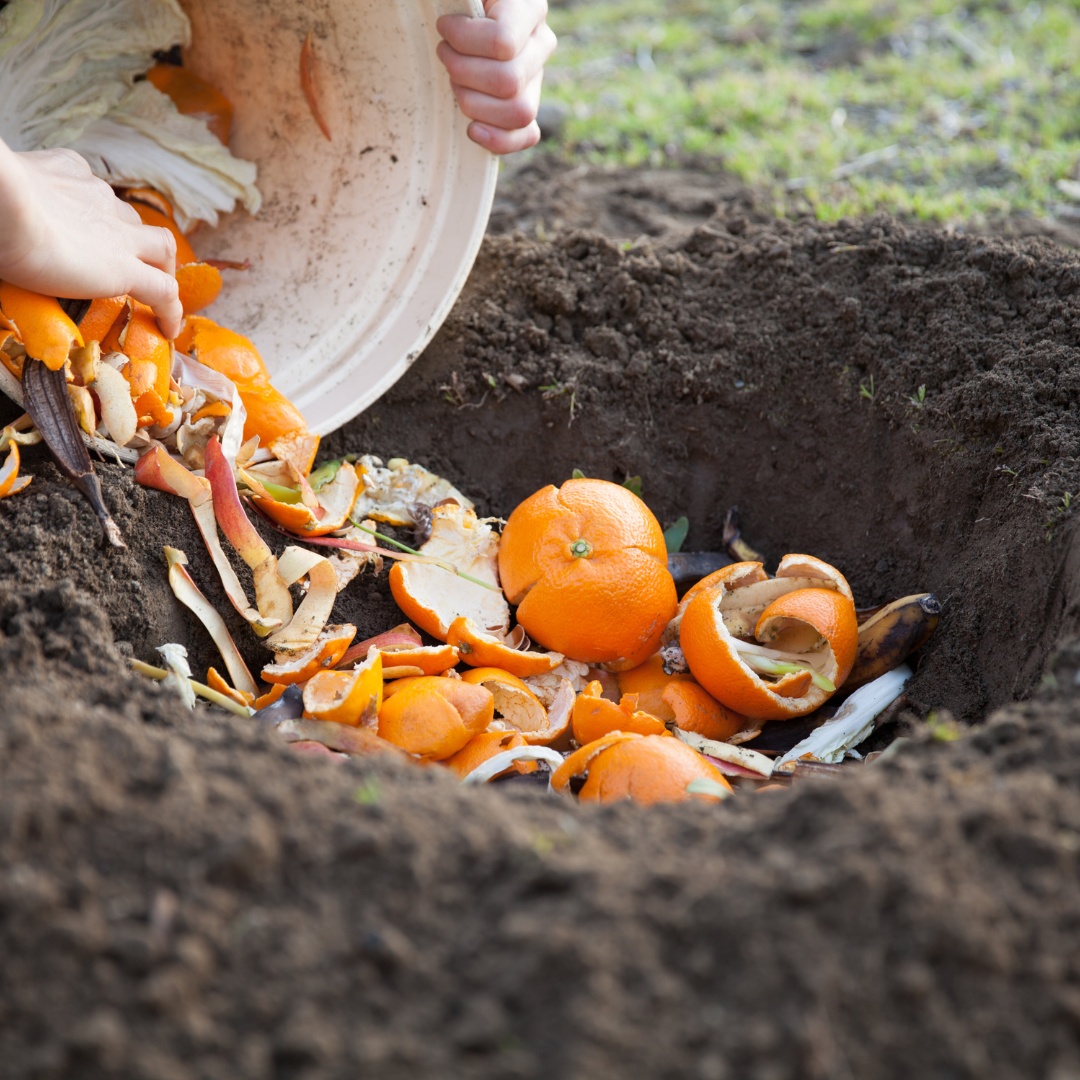
Composting
Composting is an excellent approach to improving your garden's soil. Allowing kitchen and yard vegetative waste to break down results in highly nutritious soil for your plants.
Three compost piles are excellent if you have a broad region where you can enable this decomposition to take place over time.
One to pour your raw leftovers into, one to “cook” the scraps, and one to gather excellent compost will be required.
Each year, rotate the compost piles so that you always have one containing compost, often known as “black gold” in the gardening world, ready to harvest.
A twin compost outdoor tumbler will get you off to an excellent start if you are short on space or need something more compact.
Irrigation
Irrigate your apricots once a week after establishing themselves – usually, one year after planting – and ensure the soil doesn't dry out two to three inches down. At least twice a week, inspect the soil.
Because containers dry out faster than the ground, you may need to water container-grown trees more regularly.
Pruning
When your trees are dormant, it's the greatest time to prune them. When the blossoms begin to open, I like to clip mine in late winter or early spring before new leaves grow.
This allows plants to heal from pruning wounds as growth resumes in the spring, rather than allowing the wounds to remain open all winter, allowing opportunistic pests or diseases to take advantage of the opportunity.
Start pruning the branches that are dead, broken, or infected. Using clean pruning shears, cut them off.
This is also an excellent opportunity to remove any suckers that have sprouted around the base of the trunk.
Then, trim any branches that are crossing or developing inward. Crossing branches can brush against one another, causing sores in the bark to develop and allowing pests or disease germs to enter.
Finally, cut three or four branches to keep the tree's shape by shortening them. Pruning should be done just above outward-facing buds—cut vertical branches at a 45-degree angle and horizontal branches at a 90-degree angle.
Cuts like these allow rainwater to drain off the wound, lessening the likelihood of the moisture remaining on the wound and rotting it. Just 10 to 15% of the branches should be removed in any given year.
Once your apricot blossoms have been pollinated and the fruits have reached a diameter of about one inch, thin them to one every three to four inches.
This frees up the tree's resources to develop the remaining fruits into larger, sweeter treats for you to enjoy!
You may need to trim more aggressively if you're cultivating dwarf kinds, which are smaller and less capable of bearing huge amounts of fruit.
Harvesting
If you've found the perfect spot for your apricot tree to produce fruit, it's time to harvest when the fruit has a lovely blush but is still firm.
Handle the fruits gently and remove them from the tree with the stem intact. Fresh, ripe apricots are preferably eaten raw but can be cooked in various ways.
They are better canned than frozen uncooked, so peel the fruit beforehand if freezing is needed.
Pests & Diseases Of Apricots
Apricots are vulnerable to a wide range of pests and illnesses. Here are a few essential concerns to keep an eye on.
- Cervids, aphids, and peach twig borers are the most prevalent pests that might harm your apricot plants. Other creatures may also visit you.
- These voracious creatures prefer sweet, ripe, and juicy fruits. If you don't get to the fruits first, squirrels and birds will eat your harvest faster than you can pick it.
- Bird netting can help keep birds away while making it more difficult for squirrels to get the fruit, but if you know there are squirrels in your yard, picking the fruits before they turn soft and ripe is your best choice. I'll get to that in a minute!
- Use caution when using netting because birds can become tangled and entangled in it, resulting in death or injury.
- You can also use a squirrel, chipmunk, and rodent repellent, such as this one from Bonide, found in Arbico Organics.
- You may have to deal with mealy plum aphids, Hyalopterus pruni on a smaller scale. These green aphids measure one and two millimetres in length and are covered in a yellowish, mealy-looking wax.
- Like other aphids, they suck the juice from the plants they infest, causing stunted growth and an overall lack of vigour.
- If you see these strange-looking aphids, spray them off with a strong stream of water from the hose, then spray the tree with a neem oil-based spray.
- Reapply every five to seven days until no new mealy plum aphids are visible on your apricot.
- If any of the illnesses listed below appear on your apricot trees, it's never a good indication.
- However, if you intervene early enough, you may be able to save your tree or at the very least, prevent the disease from spreading to other plants in your yard or garden.
- Coryneum blight, gummosis, and perennial canker are the most important diseases to watch for. Let's go over them quickly.
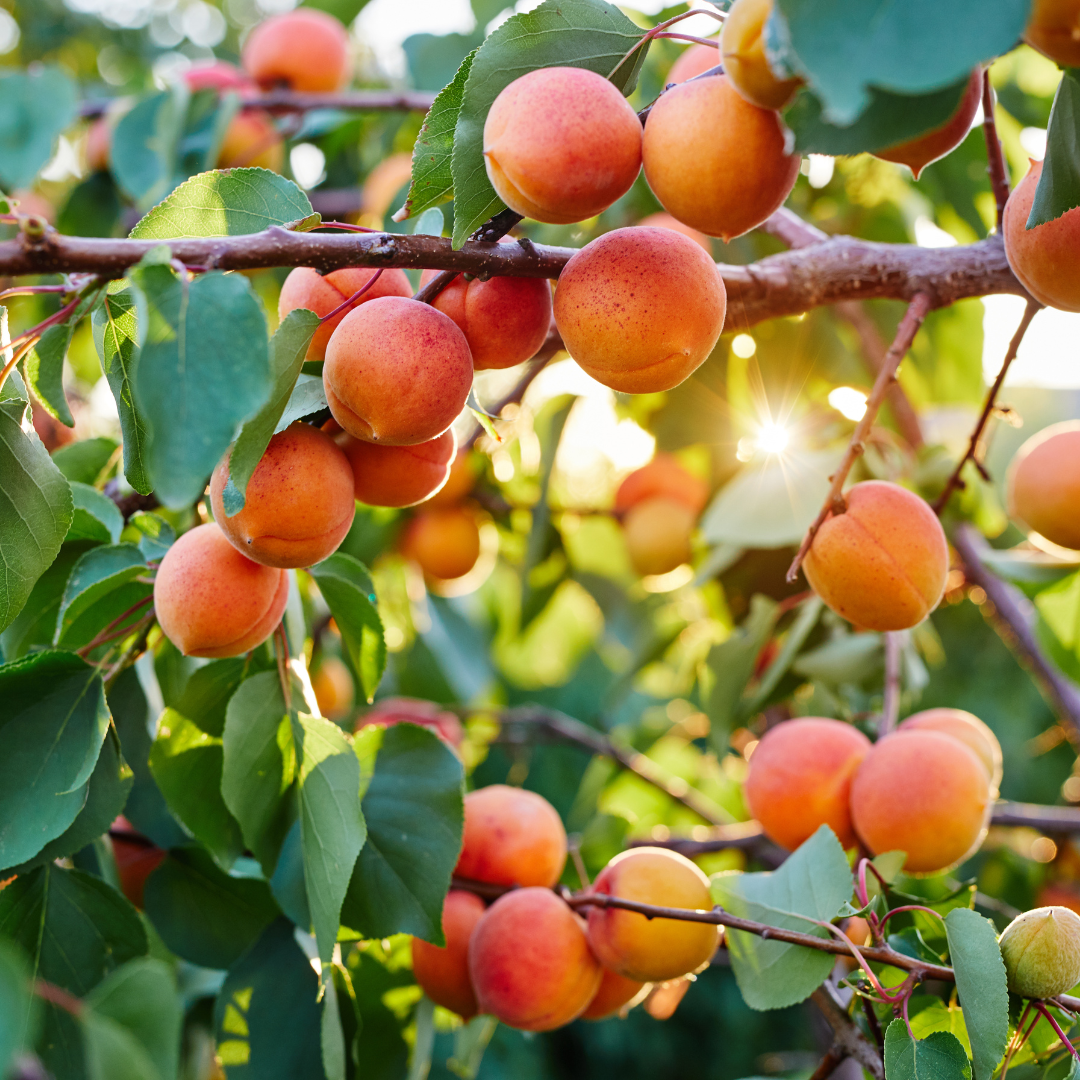
Conclusion
It's a delightful treat for all your patients, loving care to eat these sweet and juicy small nibbles from your apricot tree.
Apricot plants are a great way to get started with fruiting trees in your home orchard or kitchen garden.
The most challenging aspect is picking how many and where to plant your apricot trees because they are simple to grow and care for.
I trust you enjoyed this article on the Simple Guide To Growing Apricot Trees In Pots. Please stay tuned for more blog posts to come shortly. Take care!
JeannetteZ
>>>Please click here to read my all-inclusive article about Container Gardening<<<
>>>Are you interested in homegrown herbs and medicine? Please click here to find out more about it!<<<
Your Opinion Is Important To Me
Thoughts? Ideas? Questions? I would love to hear from you. Please leave me your questions, experience, and remarks about this article on the Simple Guide To Growing Apricot Trees In Pots in the comments section below. You can also reach me by email at Jeannette@Close-To-Nature.org.
Disclosure
This post may contain affiliate links. I earn from qualifying purchases as an Amazon Associate and other affiliate programs. Read my full affiliate disclosure.
You might also enjoy these blog posts:
Super Easy Ways Of Growing Lychee Trees In Pots
Easy Ways To Grow Mango Trees In Containers
Best Vegan Avocado Recipes For Your Kids
12 Easy Steps Of Growing Avocado Trees In Containers
Easy 10 Steps Of Growing Dragon Fruit In Pots

